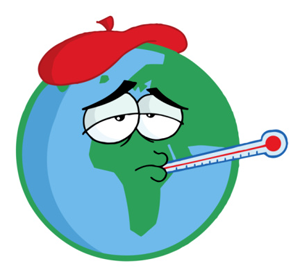Dec 22, 2025
Dec 22, 2025
 Bitten by the bug of climate change, we have of late started worrying about its consequences. But if you ask a geologist he will just feel amused, because he knows that climatic vicissitudes are not recent happenings. They are age old. The climate has been changing through the ages, even from the eras when the two-legged creatures called humans were not there.
Bitten by the bug of climate change, we have of late started worrying about its consequences. But if you ask a geologist he will just feel amused, because he knows that climatic vicissitudes are not recent happenings. They are age old. The climate has been changing through the ages, even from the eras when the two-legged creatures called humans were not there.
14-Apr-2010
More by : V. K. Joshi (Bijji)